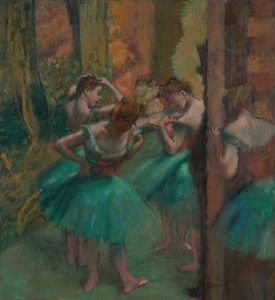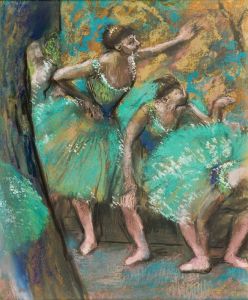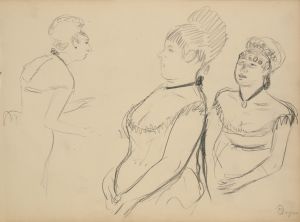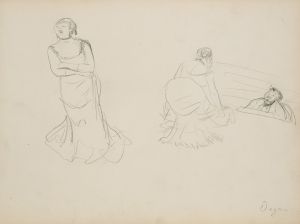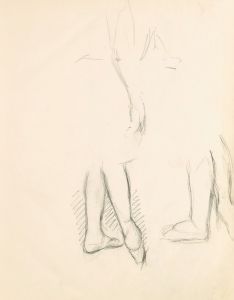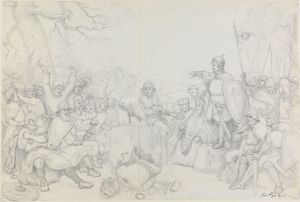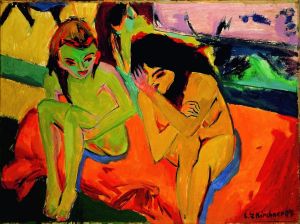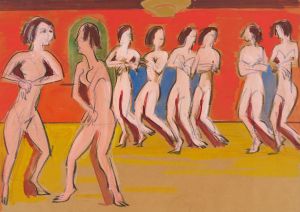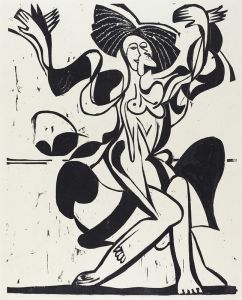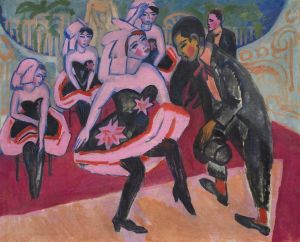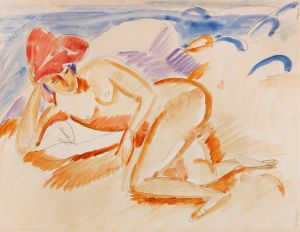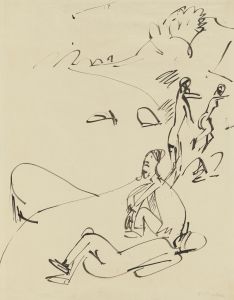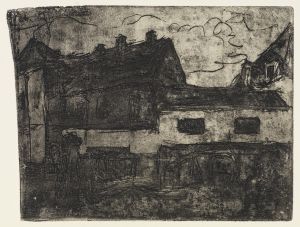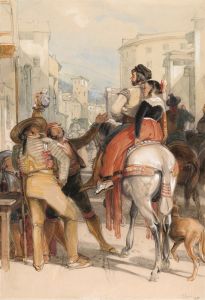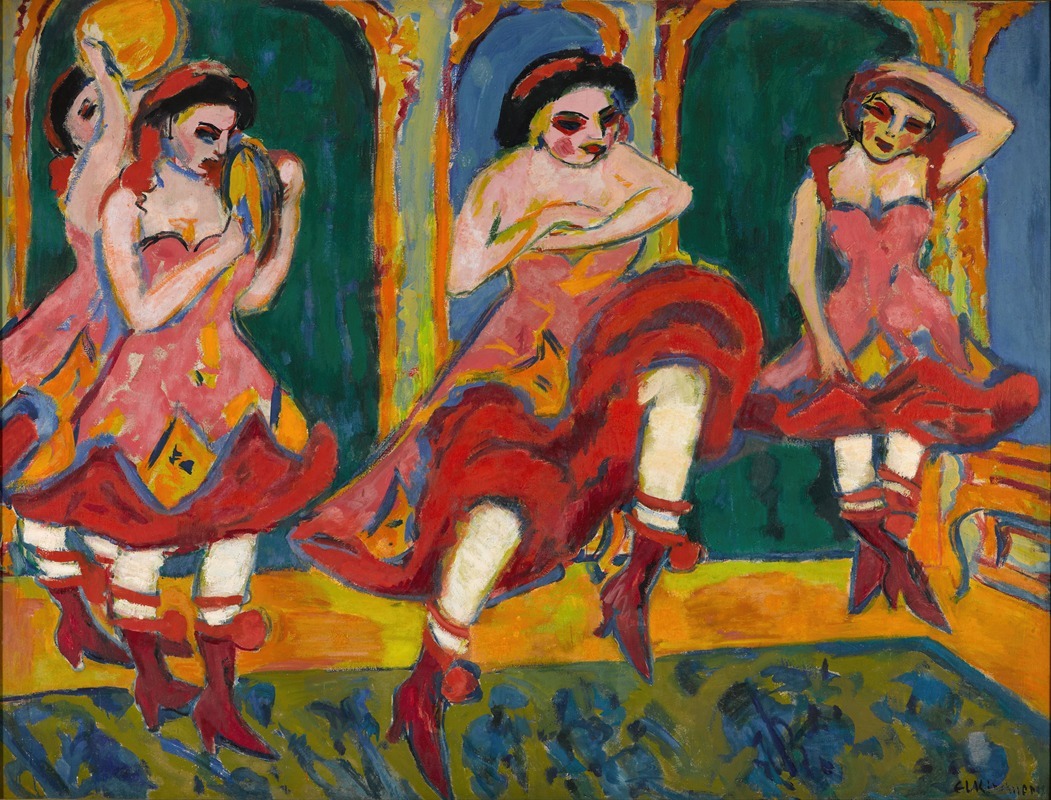
Czardas dancers
A hand-painted replica of Ernst Ludwig Kirchner’s masterpiece Czardas dancers, meticulously crafted by professional artists to capture the true essence of the original. Each piece is created with museum-quality canvas and rare mineral pigments, carefully painted by experienced artists with delicate brushstrokes and rich, layered colors to perfectly recreate the texture of the original artwork. Unlike machine-printed reproductions, this hand-painted version brings the painting to life, infused with the artist’s emotions and skill in every stroke. Whether for personal collection or home decoration, it instantly elevates the artistic atmosphere of any space.
Ernst Ludwig Kirchner's Czardas Dancers is a painting created by the German Expressionist artist in 1908. Kirchner, a founding member of the influential art group Die Brücke (The Bridge), was known for his bold use of color, dynamic compositions, and exploration of modern life and human emotion. This particular work reflects his fascination with movement, performance, and the expressive potential of the human figure.
The painting depicts a pair of dancers performing the czardas, a traditional Hungarian folk dance characterized by its energetic and spirited movements. Kirchner captures the vitality of the dance through his use of exaggerated forms, angular lines, and vibrant colors. The figures are rendered with a sense of rhythm and motion, emphasizing the dynamism of the performance. The background is abstracted, with simplified shapes and patterns that enhance the focus on the dancers and contribute to the overall intensity of the composition.
Kirchner's work during this period was heavily influenced by the principles of Die Brücke, which sought to break away from academic traditions and embrace a more direct, emotional approach to art. The group was inspired by non-Western art, particularly African and Oceanic sculpture, as well as the expressive qualities of medieval German woodcuts. These influences are evident in Czardas Dancers, particularly in the stylized forms and raw, unpolished aesthetic.
The painting also reflects Kirchner's interest in urban life and contemporary culture. Dance and performance were recurring themes in his work, as they allowed him to explore the intersection of tradition and modernity. The czardas, while rooted in Hungarian folk traditions, had gained popularity in European cities during the early 20th century, making it a fitting subject for Kirchner's exploration of cultural exchange and modern entertainment.
Today, Czardas Dancers is recognized as an important example of Kirchner's early Expressionist style. It demonstrates his ability to convey emotion and movement through bold artistic choices, as well as his engagement with the cultural and social dynamics of his time. The painting is held in a private collection, and its exact location is not publicly known.





